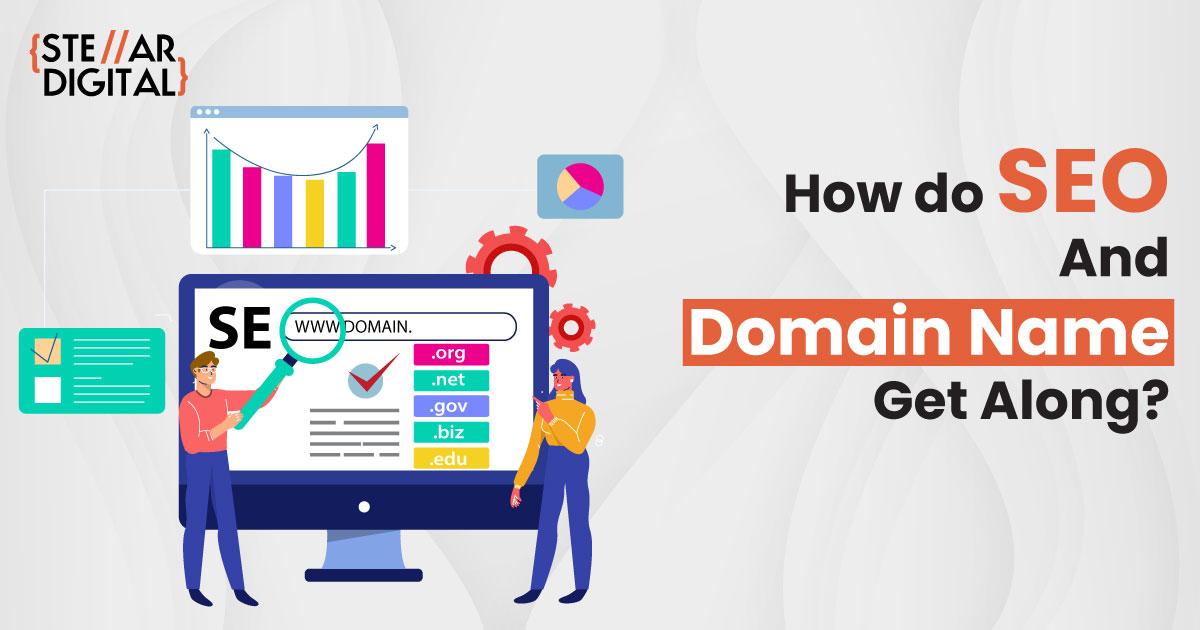Table of Contents
- Understanding the Value of Your Domain on Namecheap
- Steps to Successfully Market Your Domain Name
- Best Practices for Negotiating Domain Sales
- Navigating the Transfer Process with Confidence
- Avoiding Common Pitfalls When Selling Your Domain
- Q&A
- The Way Forward
Understanding the Value of Your Domain on Namecheap
- SEO-Friendly Descriptions: Use keywords that resonate with potential buyers.
- High-Quality Visuals: Showcase your domain’s brand potential with appealing graphics.
- Smart Pricing Strategies: Research similar domain sales to set a realistic price.


Steps to Successfully Market Your Domain Name
To successfully promote your domain name, start by establishing a strong online presence. Create a dedicated website that showcases your domain. Use engaging content and attractive visuals to draw in potential buyers. Make sure to include the following key elements:
- Clear Branding: Ensure your domain name is prominent in the header and throughout the site.
- Landing Page: Design a landing page that provides details about the domain’s potential value and its features.
- Contact Information: Offer simple ways for interested buyers to reach out, whether through an email contact form or direct messaging capabilities.
Next, leverage social media platforms and online marketplaces to broaden your reach. Share your domain listing across various networks to tap into diverse audiences. Consider joining specialized forums and groups where domain buying and selling are discussed:
- Facebook Groups: Join relevant domain investment groups.
- Twitter: Use hashtags like #DomainForSale and #BuyDomains to attract attention.
- Online Marketplaces: List your domain on sites such as Sedo or Flippa, which cater to domain buyers.
consider running targeted advertising campaigns. Platforms like Google Ads and Facebook Ads can help you focus on specific demographics that are more likely to be interested in purchasing domains.
| Advertising Platform | Benefits |
|---|---|
| Google Ads | Reach a wide audience actively searching for domains. |
| Facebook Ads | Target specific demographics based on interests. |
| LinkedIn Ads | Connect with professionals looking for business domains. |


Best Practices for Negotiating Domain Sales
When it comes to negotiating domain sales, clarity and preparation are paramount. Start by assessing your domain’s worth realistically; use online appraisal tools to get an estimate, and research comparable sales in the marketplace to bolster your case. Create a detailed portfolio that highlights your domain’s potential, emphasizing aspects like its length, memorability, SEO potential, and any existing traffic it receives. This information will empower your negotiation position.
Establish a firm initial asking price that reflects the value of your domain without scaring away potential buyers. Split your price into different categories for flexibility during negotiations, such as a base price and premium features. This allows you to offer customized deals depending on the buyer’s interest level, ensuring that you keep them engaged. During discussions, maintain a respectful and confident demeanor, and be prepared to walk away if the terms do not meet your minimum requirements.
consider leveraging platforms designed for domain sales, as they often provide resources that can enhance your negotiation abilities. Utilize the following strategies to maximize your chances:
- Be responsive: Timely communication can keep potential buyers interested.
- Know your buyer: Research the buyer’s needs and tailor your pitch accordingly.
- Stay patient: Good deals take time; don’t rush the process.
| Strategy | Description |
|---|---|
| Clarity | Present your domain’s strengths upfront. |
| Flexibility | Be open to negotiation terms and pricing. |
| Research | Stay informed about market trends. |


Navigating the Transfer Process with Confidence
Transferring your domain name can feel daunting, but with the right approach, it can be a seamless experience. Understanding the steps involved is crucial. Start by unlocking your domain in your current registrar’s account settings. This step is essential, as it allows you to transfer the domain to another registrar or to Namecheap. Don’t forget to secure the authorization code, often referred to as an EPP code, which is required to complete the transfer. Without this code, your transfer will stall.
Once you’ve gathered your domain unlock details, it’s time to initiate the transfer on Namecheap. Visit the Namecheap domain transfer page and enter your domain name, along with the authorization code you obtained earlier. Double-check for any pending actions; it’s essential to ensure your WHOIS information is up to date and that your domain has been registered for more than 60 days. Any edits or transfers within 60 days can lead to complications, so take this step seriously.
During the transfer process, you may experience some downtime, but keeping track of timelines can help ease concerns. Here’s a quick summary of what to consider:
| Step | Typical Duration |
| Unlocking Domain | Immediate |
| Authorization Code Retrieval | Immediate |
| Transfer Initiation | 1-5 days |
| Completion of Transfer | 1-2 weeks |
By familiarizing yourself with the steps involved and maintaining clear communication with your new registrar, you can navigate this process effectively and confidently.


Avoiding Common Pitfalls When Selling Your Domain
When embarking on the journey to sell your domain, it’s crucial to stay vigilant and avoid missteps that can derail your efforts. Avoid setting an unrealistic price for your domain name. Conduct thorough research on the market value of similar domains, utilizing platforms like Namecheap or GoDaddy for insights. Pricing your domain too high can turn off potential buyers, while pricing it too low may leave money on the table. Finding a sweet spot in the pricing strategy is key to attracting serious inquiries.
Another common pitfall is not promoting your domain effectively. Relying solely on a marketplace listing will severely limit your visibility. Consider leveraging various platforms like social media, domain forums, and even email marketing to spread the word. Create a visually appealing landing page dedicated to your domain, highlighting its potential uses and benefits. This can create demand and intrigue among prospective buyers, escalating the chances of a successful sale.
Lastly, skip the legal complications by ensuring that your domain is free of any disputes or encumbrances. Check to make sure that there are no outstanding fees, and confirm that you have full ownership rights. Prospective buyers will hesitate if there are any red flags regarding ownership. To summarize the essentials, here’s a simple reference chart that outlines key factors to consider:
| Consideration | Tip |
|---|---|
| Pricing | Research comparable domains before setting your price. |
| Promotion | Utilize multiple channels to reach your target audience. |
| Legal Status | Ensure clear ownership and absence of disputes. |
Q&A
Q&A: Selling Your Domain on Namecheap
Q1: Why should I consider selling my domain on Namecheap? A: Selling your domain on Namecheap is a straightforward process that allows you to reach a broad audience of potential buyers. Namecheap offers a reliable platform, ensuring that your listing is visible to many users who are actively searching for domains. Plus, Namecheap is well-regarded for its competitive pricing and ease of use, making the selling process efficient and hassle-free. Q2: How do I determine the value of my domain before selling it? A: Valuing a domain can be quite subjective, but several factors can help guide you. Consider the length of the domain, its keywords, and how memorable it is. Tools like Namecheap’s Domain Valuation Tool can provide insights into market prices. Additionally, researching similar domain sales can give you a better understanding of what buyers are willing to pay. Q3: What steps do I need to follow to sell my domain on Namecheap? A: Selling your domain on Namecheap involves a few simple steps:- Log in to your Namecheap account and navigate to the Management page for your domain.
- Set the domain for sale by enabling the ”Make Offer” option, which allows potential buyers to contact you with offers.
- Set an asking price if you prefer not to negotiate.
- Promote your listing using social media or domain forums to increase visibility.
- Negotiate the sale directly with interested buyers through Namecheap’s secure messaging system.
- Optimize your listing: Craft a clear, appealing description highlighting the benefits of the domain.
- Promote effectively: Share your listing on social media or domain marketplaces.
- Be responsive: Quickly answering inquiries can keep potential buyers engaged.
- Remain flexible: Consider negotiating on price to close deals faster.

